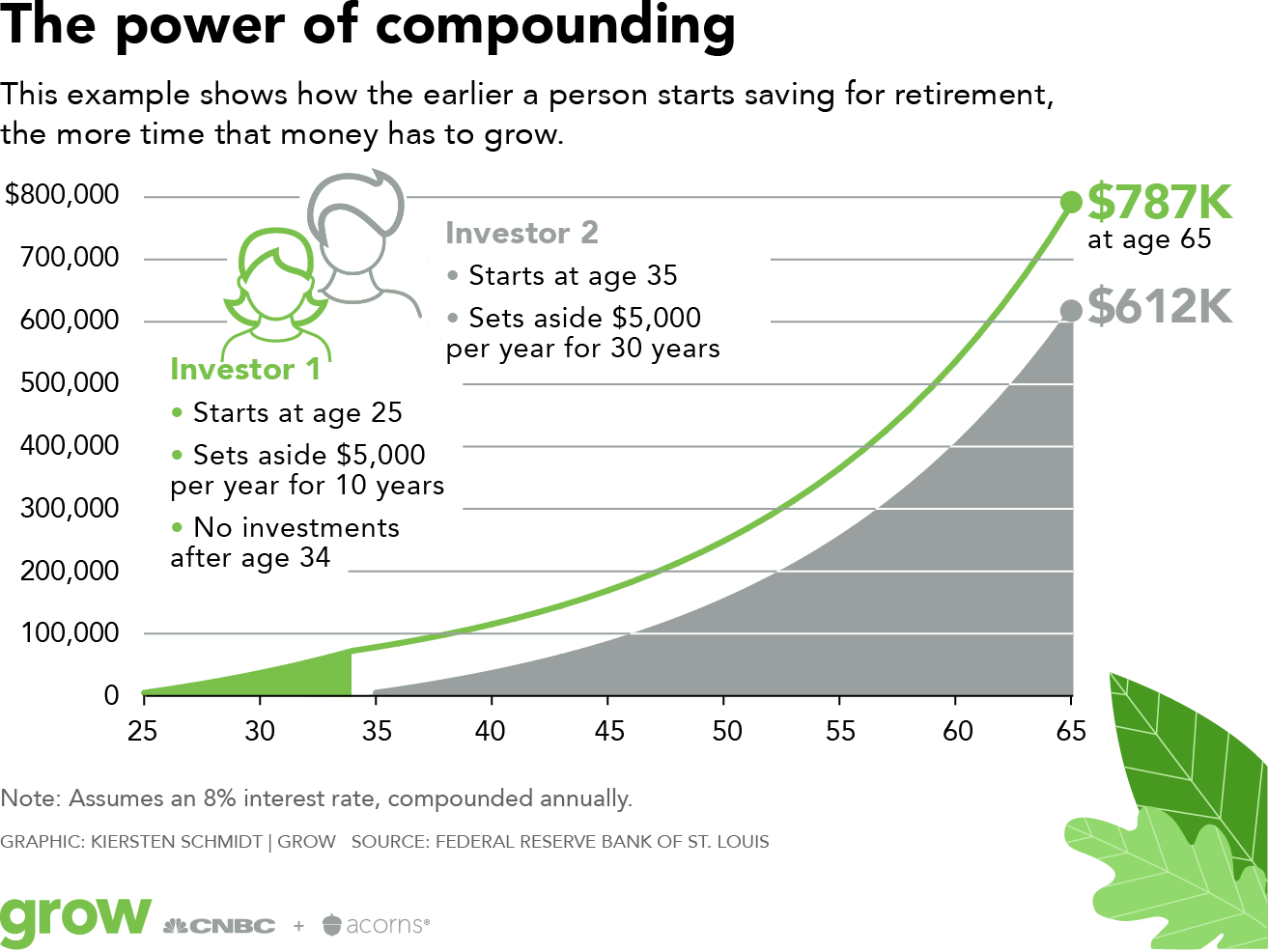If the idea of buying the stock exchange terrifies you, you are not alone. People with very minimal experience in stock investing are either horrified by scary stories of the typical financier losing 50% of their portfolio valuefor example, in the 2 bearish market that have already taken place in this millennium or are seduced by "hot pointers" that bear the guarantee of big benefits however rarely pay off.

The reality is that buying the stock exchange carries risk, however when approached in a disciplined manner, it is among the most efficient methods to build up one's net worth. While the How Does Investing Work worth of one's house normally represents the majority of the net worth of the average private, most of the wealthy and very abundant typically have the majority of their wealth purchased stocks.
Key Takeaways Stocks, or shares of a company, represent ownership equity in the company, which give shareholders voting rights in addition to a recurring claim on business revenues in the kind of capital gains and dividends. Stock exchange are where private and institutional investors come together to buy and sell shares in a public venue.
For circumstances, a specific or entity that owns 100,000 shares of a business with one million impressive shares would have a 10% ownership stake in it. The majority of companies have outstanding shares that run into the millions or billions. Common and Preferred Stock While there are 2 primary kinds of stockcommon and preferredthe term "equities" is associated with common shares, as their combined market worth and trading volumes are many magnitudes larger than that of preferred shares.
Preferred shares are so named due to the fact that they have preference over the common shares in a company to get dividends As possessions in the occasion of a liquidation. Typical stock can be more classified in terms of their ballot rights. While the fundamental facility of common shares is that they ought to have equal voting rightsone vote per share heldsome business have dual or numerous classes of stock with different ballot rights connected to each class.